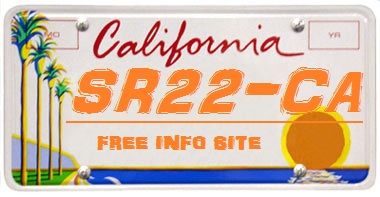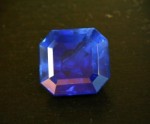
Of all the gorgeous ruby hues in the world – the slight purples and strong purples, the slight oranges and strong oranges, and, of course, the spectrum of reds – there is undoubtedly one ruby color more valuable, beautiful and regal than the rest. The pigeon blood ruby, mined primarily in Myanmar’s Mogok’s Ho Mine, is the epitome of regal luxury. When you’re ready to make the ultimate jewelry statement, there’s nothing more exceptional than a pigeon blood ruby ring . (And if you need another indication, check out this list of recent A-Listers wearing ruby rings on the Red Carpet!) It’s not everyday the world comes across a pigeon blood ruby , which makes the 5.29 carat no-heat pigeon blood ruby in this ring the discovery of a lifetime. Rubies are by far the smallest of the precious gems , but this magnificent oval African ruby is a stunning exception to that rule. With a brilliant cut crown that emits sharp flashes of light and a luxurious, natural hue full of warmth and fire, this gem is the epitome of passion. And the two cushion modified cut diamonds that flank the pigeon blood ruby are equally stunning. At a perfectly matched 1.02 carats each, these diamonds have a coveted E color grade that contrasts beautifully with the ruby’s red hue. This 5.19 carat oval no-heat African ruby ring has a classic setting that will be vogue in any era. Its simple yet impactful design aesthetic makes this estate piece the perfect choice for a romantic engagement ring or another lasting symbol of passion. Diamond & Estate Trust is the premier buyer and seller of gems and vintage jewelry in Los Angeles and Southern California. With an exquisite collection of bracelets , rings , Art Deco jewelry , luxury watches from Rolex , Audemars and Patek Philippe , brooches and necklaces, we deliver the world’s most exquisite jewelry to our international clientele. Make Diamond & Estate Trust your trusted jeweler when you’re looking for a loose diamond, colored diamond , ruby or sapphire . Read the original here: Pigeon Blood Ruby Ring – 5.19 Carat Ring




